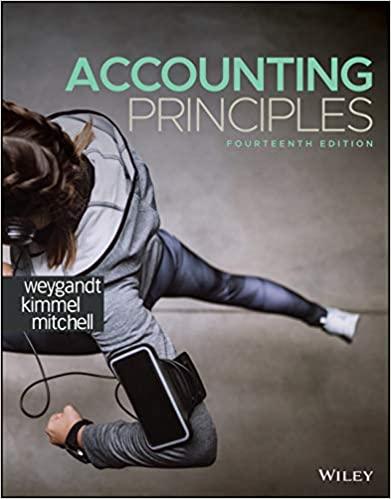Answered step by step
Verified Expert Solution
Question
1 Approved Answer
Assignment 1: Unit 5 Problems In each of the following independent situations involving transfers of tangible property, determine which transfer pricing methods applies and compute
Assignment 1: Unit 5 Problems
- In each of the following independent situations involving transfers of tangible property, determine which transfer pricing methods applies and compute a transfer price using the appropriate method. Show all of your computations.
- Dougco, a domestic corporation, owns 100% of Thaico, a Thailand corporation. Dougco manufactures top-of-the-line office chairs at a cost of $300 per unit and sells them to Thaico, which resells the goods (without any further processing) to unrelated foreign customers for $450 each. Independent foreign distributors typically earn commissions of 20% (expressed as a percentage of the sales price) on the purchase and resale of products comparable to those produced by Dougco
- Clairco, a domestic corporation, owns 100% of Shuco, a foreign corporation that manufactures womens running shoes at a cost of $30 each and sells them to Clairco. Clairco attaches its trade name to the shoes (which has a significant effect on their resale price), and resells them to unrelated customers in the United States for $80 each. Independent foreign manufacturers producing similar running shoes typically earn a gross profit markup (expressed as a percentage of the manufacturing costs) of 15%.
- Tomco, a domestic corporation, owns 100% of Swissco, a Swiss corporation. Tomco manufactures riding lawn mowers at a cost of $2,500 per unit, and sells them to unrelated foreign distributors at a price of $3,750 per unit. Tomco also sells the equipment to Swissco, which then resells the goods to unrelated foreign customers for $4,250 each. The conditions of Tomcos sales to Swissco are essentially equivalent to those of the sales made to unrelated foreign distributors.
- USAco, a domestic corporation, owns all of the stock of FSub, a foreign corporation. FSub manufactures widgets and sells them at a price of $100 to USAco, which then resells the widgets to U.S. customers. USAcos gross receipts for the year are $200 million. Under what circumstances would USAco be potentially subject to the Code Sec. 6662(e) substantial valuation misstatement penalty?
- Erica is a citizen of a foreign country, and is employed by Fco, a foreign corporation that manufactures industrial equipment. Fco does not have a permanent establishment in the United States. Ericas job is to provide technical assistance to customers who purchase Fcos products. Many of Ericas customers are located in the United States. Consequently, Erica consistently spends about 120 working days per year in the United States. Erica does not possess a green card. Assume that the United States has entered into an income tax treaty with Ericas home country that is identical to the United States Model Income Tax Convention of November 15, 2006. How does the United States tax Ericas activities?
- Finco is a wholly-owned Finnish manufacturing subsidiary of Winco, a domestic corporation that manufactures and markets residential window products throughout the world. Winco has been Fincos sole shareholder since Finco was organized in 2010. At the end of the current year, Winco sells all of Fincos stock to an unrelated foreign buyer for $25 million. At that time, Finco had $6 million of post-1986 undistributed earnings, and $2 million of post-1986 foreign income taxes that have not yet been deemed paid by Winco. Wincos basis in Fincos stock was $5 million immediately prior to the sale. Assume Wincos capital gain on the sale of Fincos stock is not subject to any foreign taxes, and that the U.S. corporate tax rate is 35%. What are the U.S. tax consequences of this sale for Winco? Now assume that instead of selling the stock of Finco, Winco completely liquidates Finco, and receives property with a market value of $25 million in the transaction. As in the previous scenario, at the time of the liquidation, Finco had $6 million of accumulated earnings and profits, and $2 million of foreign income taxes that have not yet been deemed paid by Winco. Assume that Wincos basis in Fincos stock was $5 million immediately prior to the liquidation, and that the United States corporate tax rate is 35%. What are the United States tax consequences of this liquidation for Winco?
Step by Step Solution
There are 3 Steps involved in it
Step: 1

Get Instant Access to Expert-Tailored Solutions
See step-by-step solutions with expert insights and AI powered tools for academic success
Step: 2

Step: 3

Ace Your Homework with AI
Get the answers you need in no time with our AI-driven, step-by-step assistance
Get Started


